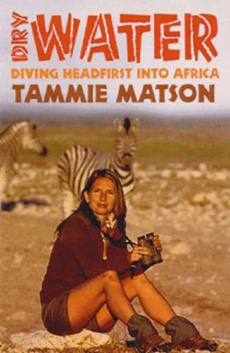Happy World Elephant Day
Today to commemorate World Elephant Day, here’s a few of my favourite elephant photos in celebration of this amazing animal… In about a week’s time I’m going to be announcing my next safari in Africa – and it’s in the home of the world’s largest population of elephants…. Can you guess where it might be?
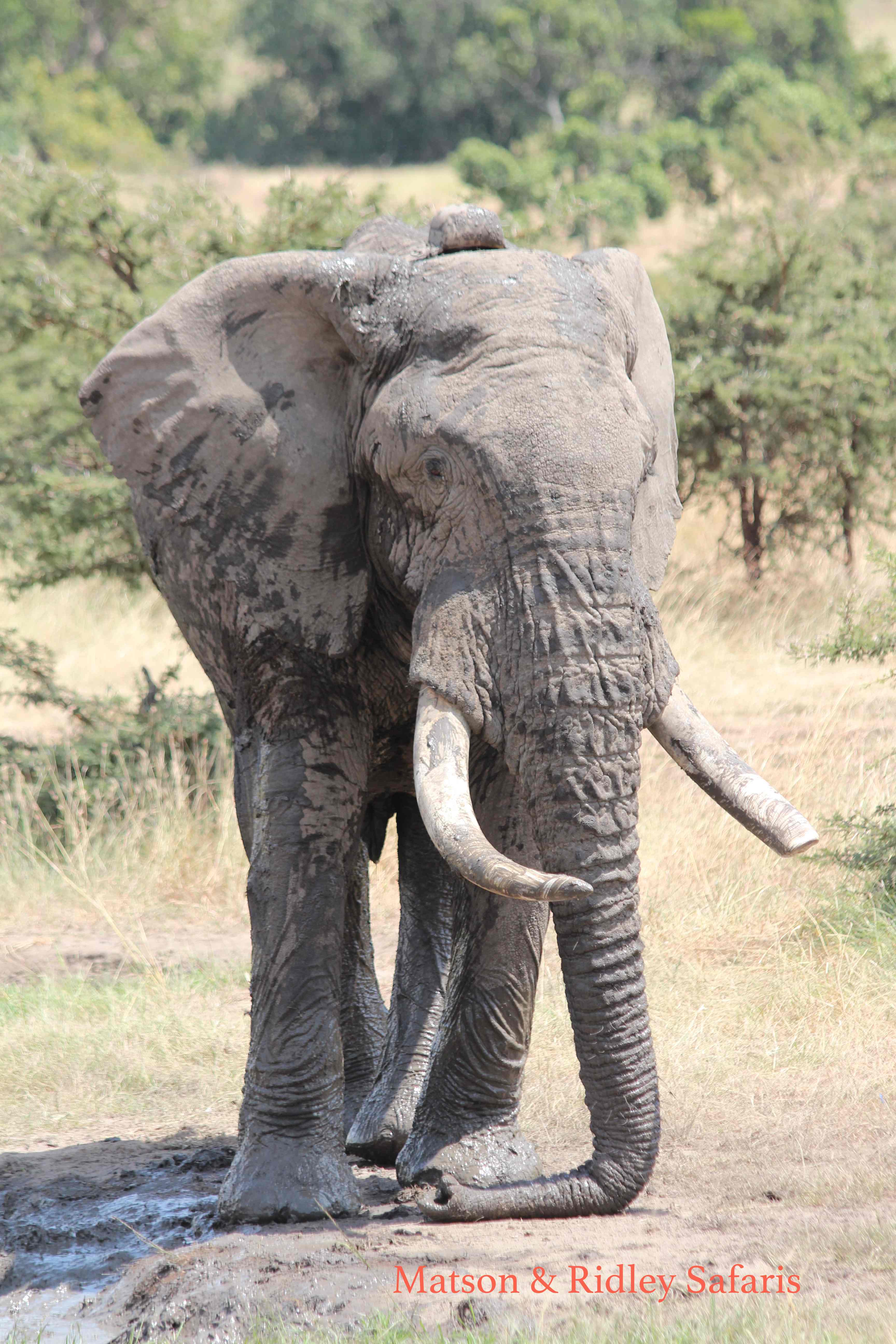
Lovely big elephant bull resting his trunk – taken on my group safari to the Masai Mara in Kenya last year.
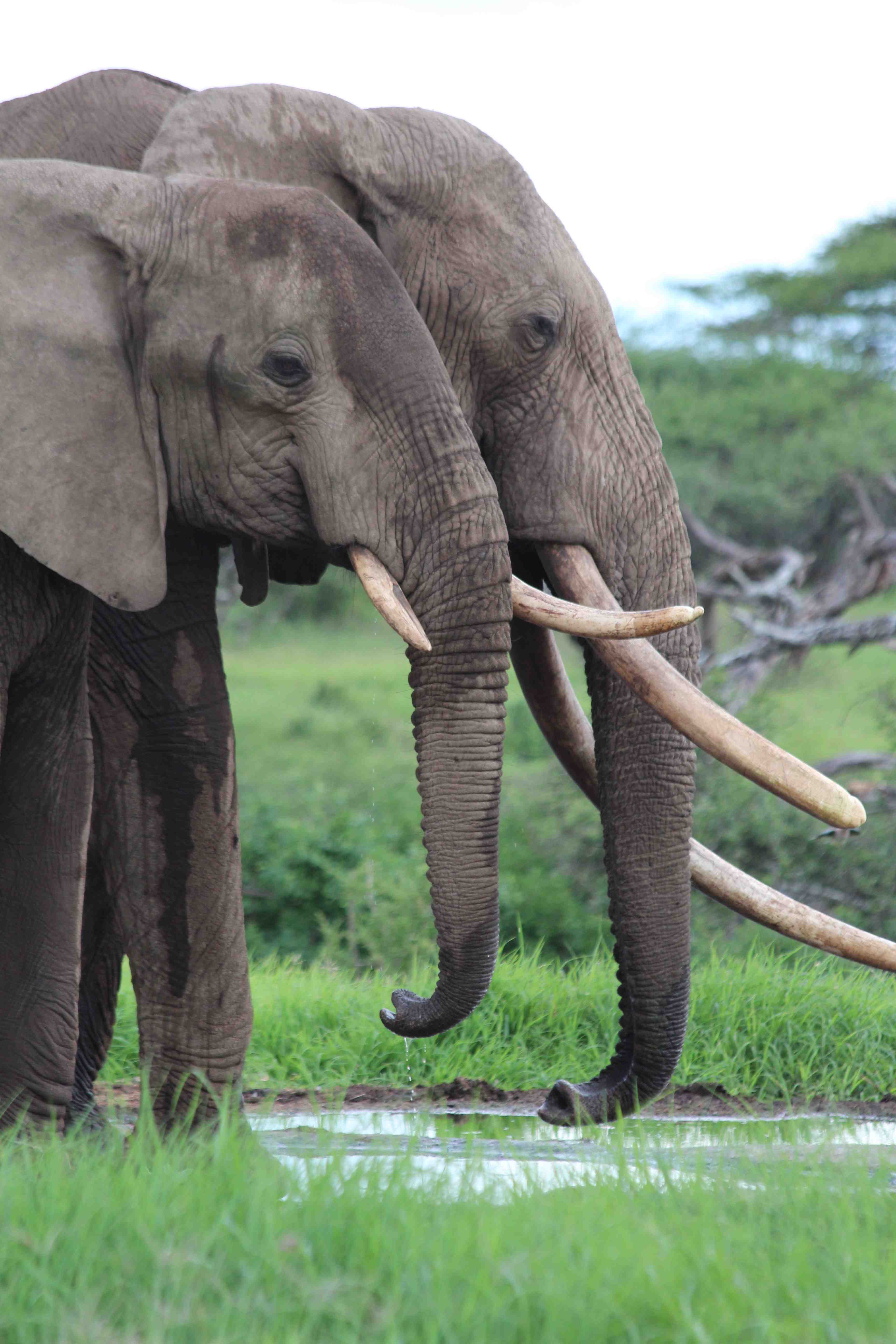
Ele bromance…. I love the way you often see an old bull and a young bull hanging out together as mates, but also in a symbiotic relationship with the old one teaching the young one the ways of the bush and the young one having better hearing and eyesight than the old bull. This photo taken at Ol Donyo, Kenya, during the making of our film “Let Elephants Be Elephants”.
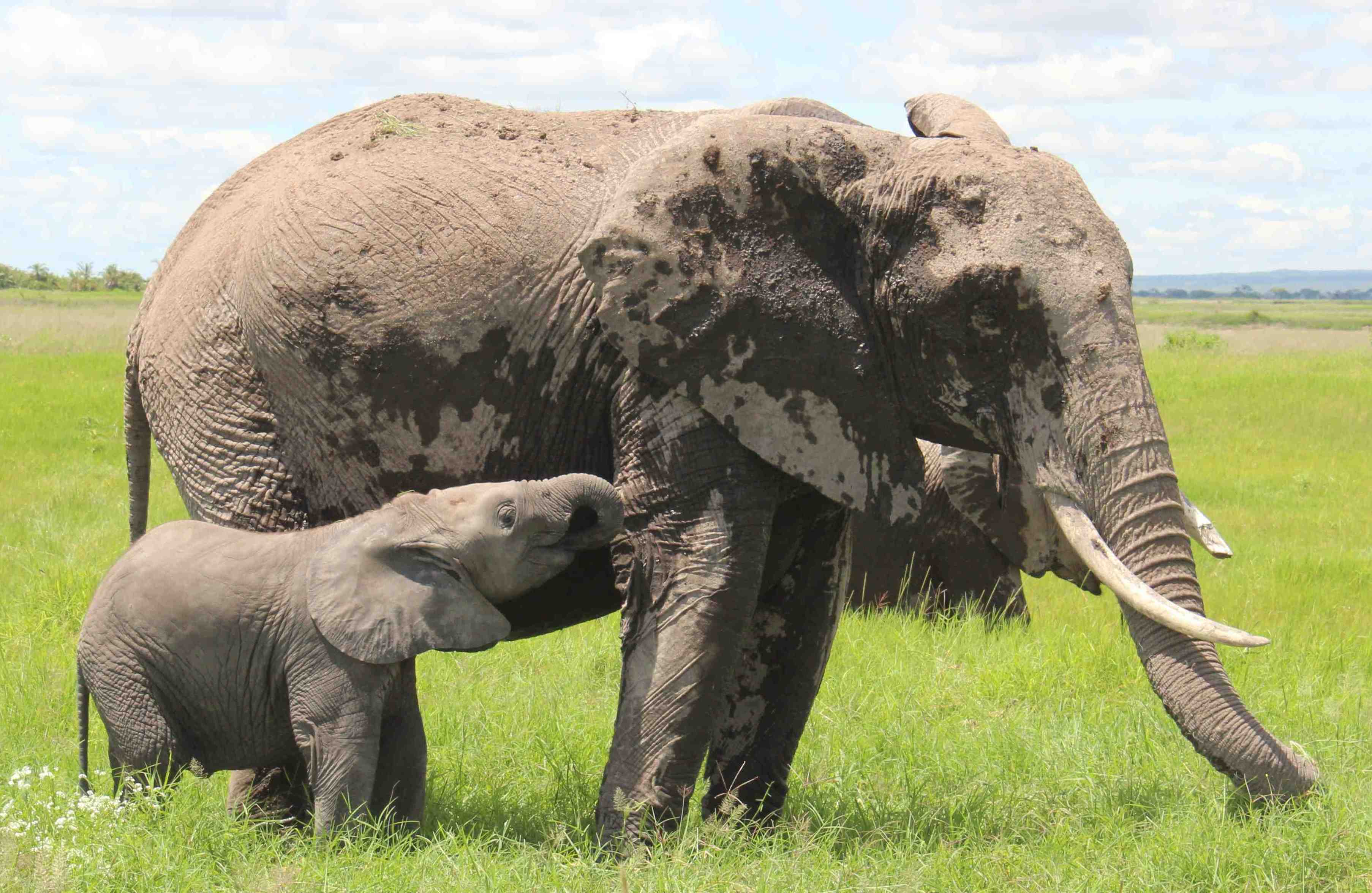
Elephant females stay with their mothers their whole lives, raised by a ‘village’ of aunts, sisters and grandmas in a tight family network. Photo taken in Amboseli, Kenya during the making of the ‘Let Elephants Be Elephants’ documentary.
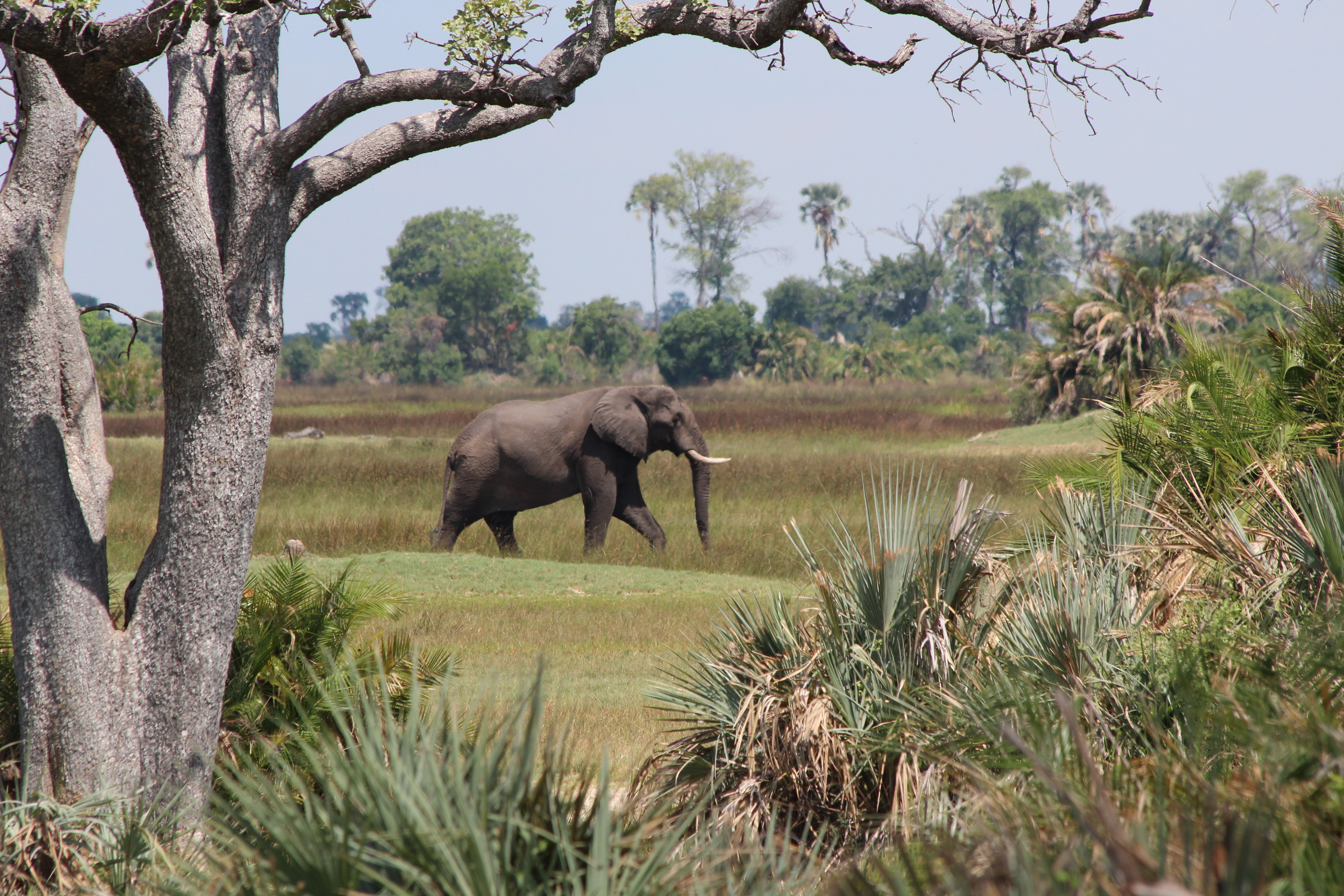
Botswana is one of the best places to see lots of elephants in one place, with the largest population in the world, currently stable at about 130,000 according to the Great Elephant Census. Photo taken at Xigera Camp, Okavango Delta, Botswana during my group safari there in 2014.

Elephants adore water. This magical scene was on the first night of my group safari to Botswana in November 2014, when this herd sauntered in about sunset and took a long slow drink and shower/bath. Banoka Camp.
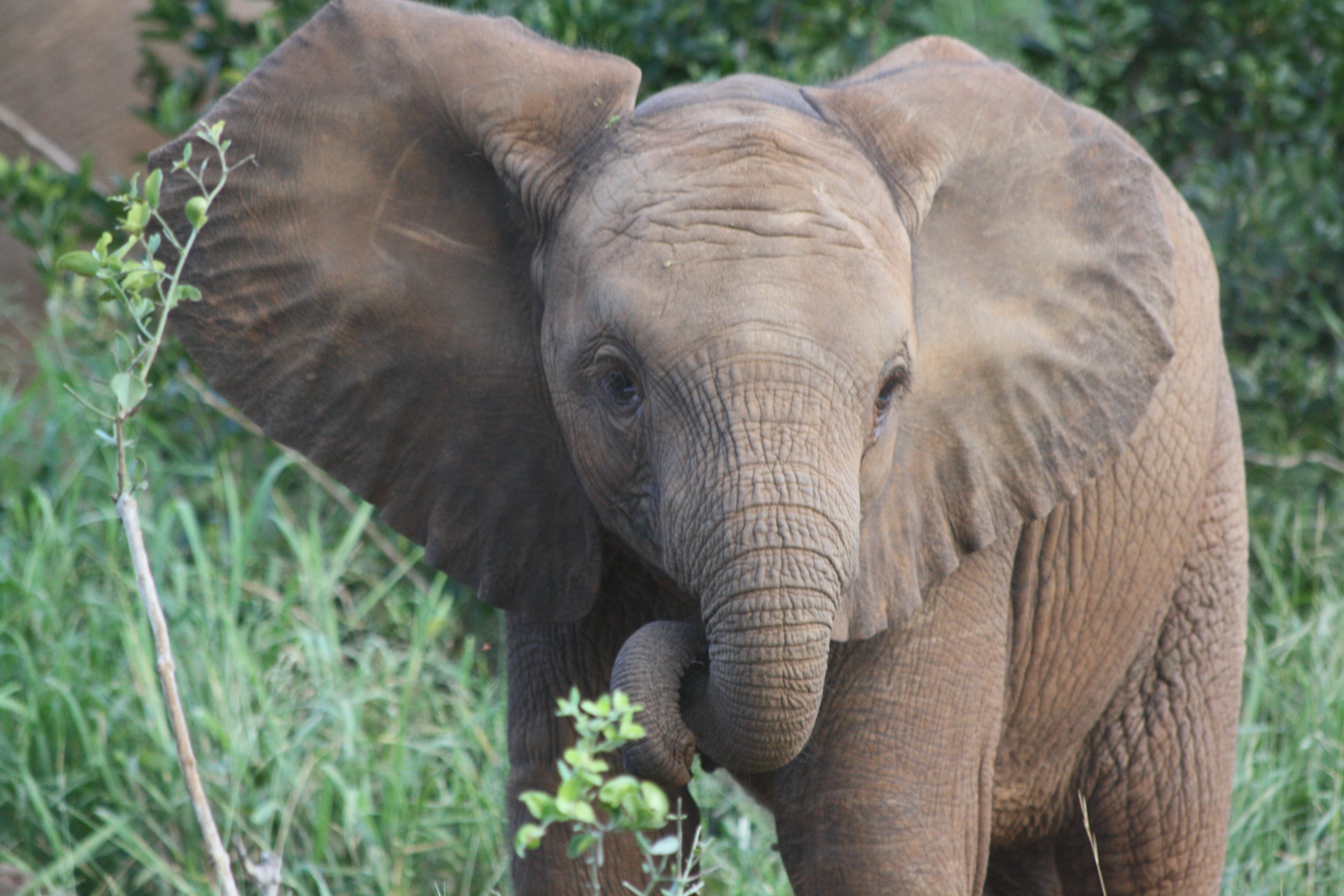
Young elephants are so playful and take a while to work out how to use their trunk. They can sometimes be quite cheeky too! Photo taken on safari in Kruger NP, South Africa.
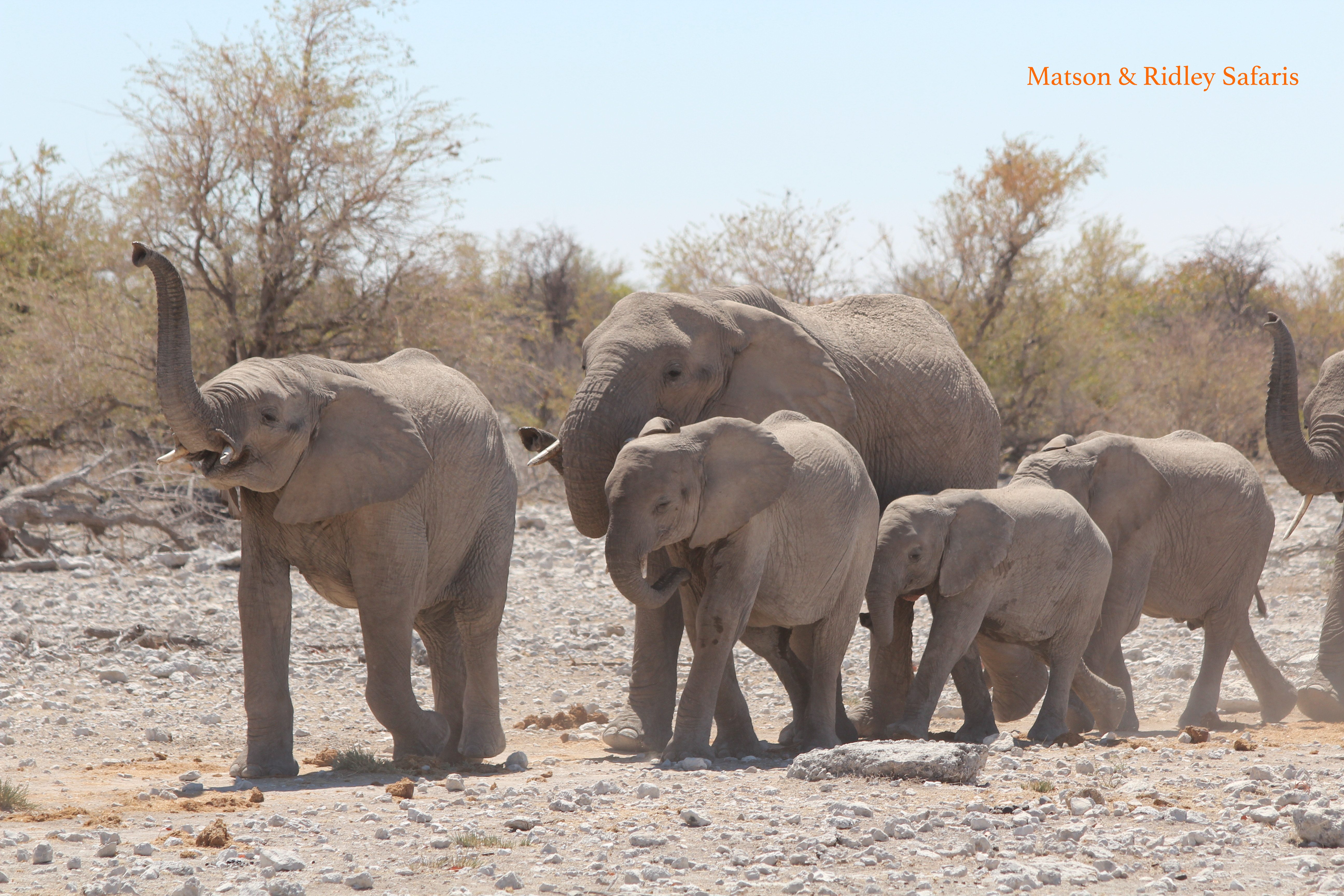
Etosha National Park, Namibia, where I did my PhD on black-faced impalas, is a great place to watch elephants, especially if you go in the dry season as then the waterholes are a joy to watch, with elephants having first water baths then dust baths and revelling in the whole experience. At sunset this is an incredible sight! Photo taken on my Namibian group safari last year, as a herd approached Ombika waterhole where other elephants were already drinking. See how their trunks were raised, smelling what was going on at the waterhole.
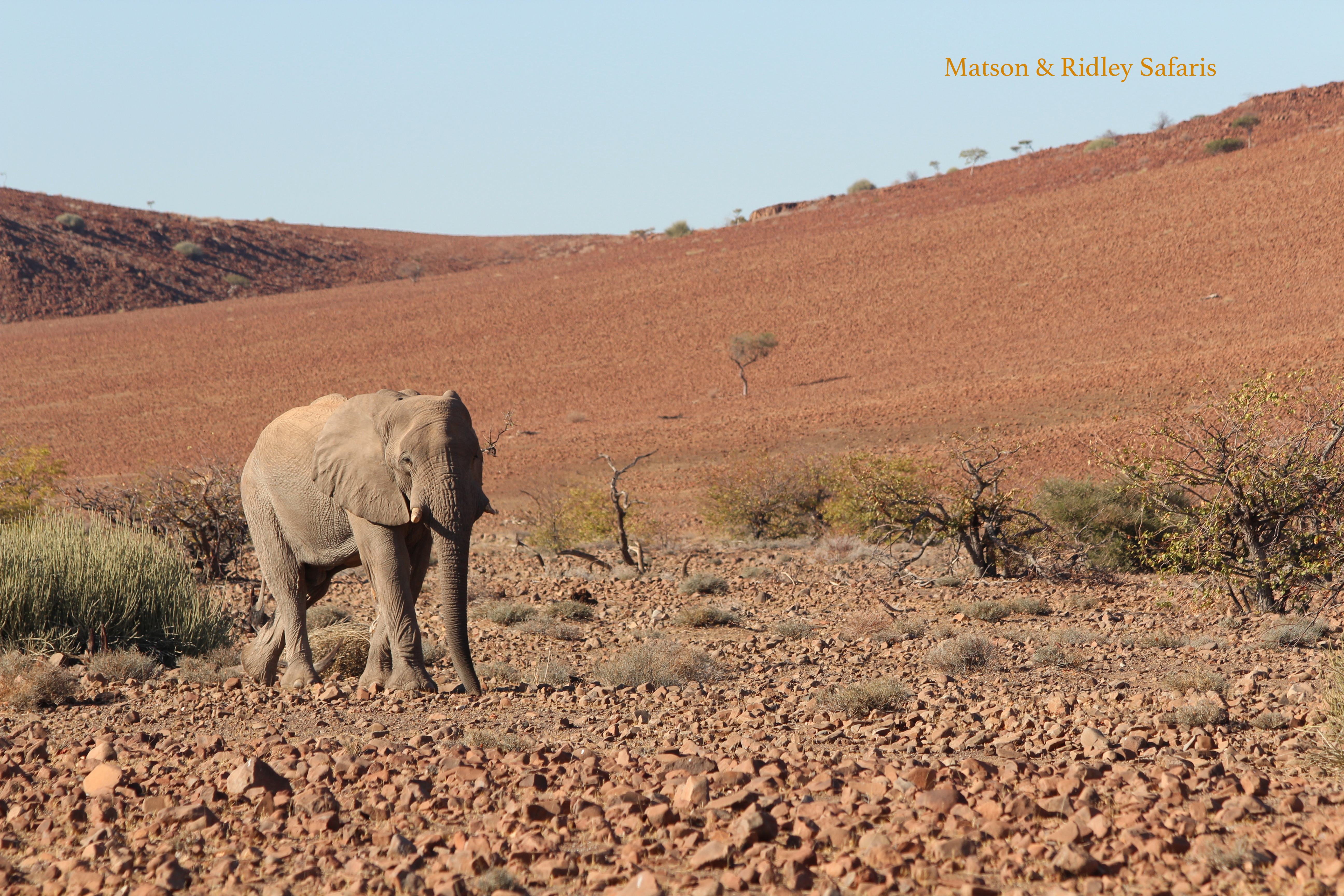
The desert dwelling elephants on Namibia’s north west region are perhaps the most incredible of all of Africa’s elephants, having to traverse vast areas in order to find enough food to survive in their parched habitat. This photo was taken on my Namibian safari near Desert Rhino Camp last year.
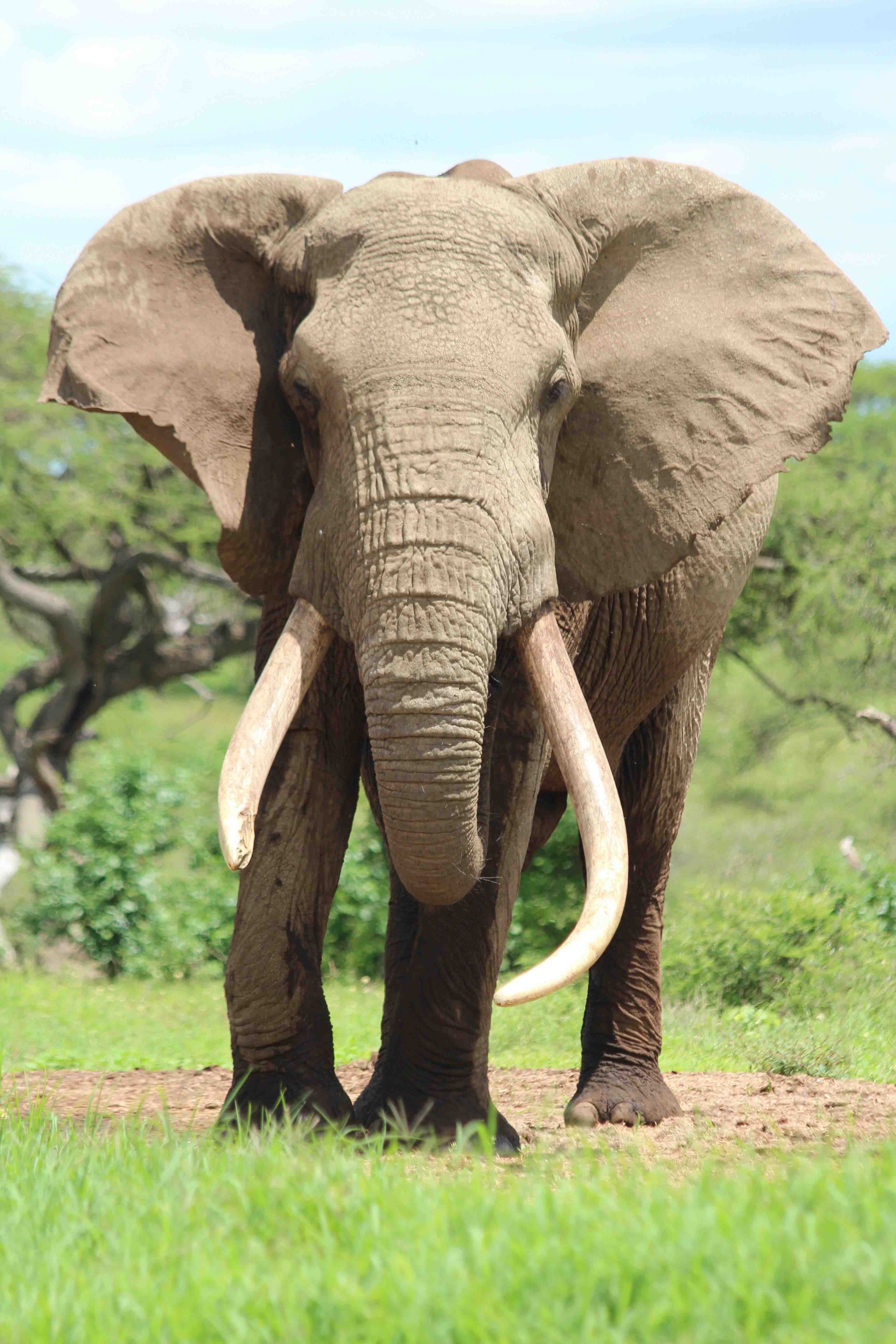
Big tuskers like this one called “One Tonne” at Ol Donyo, Kenya, are under threat by poachers for their ivory. There’s still a great need to educate the public in ivory-buying countries that when you buy ivory this kills elephants in the wild. Elephants need their ivory for foraging and defence, but sadly it has become their curse as it makes them a target for illegal traders. We can all help by spreading the word.

Currently our team at Let Elephants Be Elephants is sharing the Ivory Free campaign all over Thailand, with our partners at Wild Aid and the Thai soccer team, the War Elephants. Head to our Facebook site and share the ads like this one to help spread the word that it’s not cool to buy ivory!
Now I’m off to the Serengeti to see if I can find some elephants to celebrate in person…. Apparently there’s the odd wildebeest and zebra come to town too for one of the biggest migrations on the planet. Back real soon…. Happy World Elephant Day! Share this with someone else who loves elephants.
LEBE teaming up with WildAid and the Thai soccer team for elephants
It’s been a while coming, but much goes on behind the scenes when it comes to developing awareness programs for species like elephants and rhinos in Asia. Those of you who know me personally know that the awareness raising never stops when it comes to elephants and the ivory trade. Last week, my conservation safari group of Singaporeans, British and Aussies talked at length about conservation and what still needs to be done while deep in the desert dunes of the Skeleton Coast, inspired by the arid-adapted wildlife of Namibia and those magnificent desert-dwelling elephants. Next week I’ll be in Brisbane talking to about 200 Queensland business women at the Australian Women in Leadership symposium about what we can learn from elephants about leadership (and of course, how we can help the elephants too). Even though we’ve made good headway lately, we can’t afford to lose momentum and we need you to keep spreading the word too.
I’ve spent much time thinking about and talking to others in the know about how to have the most meaningful impact for this cause in the last year. Sometimes it’s more impactful to team up with other organisations that are getting results than to go it alone. I’m very excited to say that the Let Elephants Be Elephants campaign (LEBE) is now teaming up with global wildlife trade organisation WildAid and the Thai soccer team, known as the ‘War Elephants’, to raise awareness of the illegal ivory trade in Thailand.
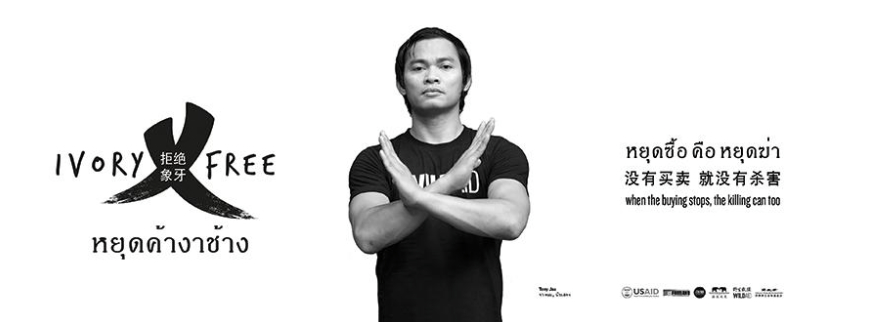
Wild Aid ambassador and martial arts TV star Tony Jaa is making a stand to stop the illegal ivory trade as part of the broader campaign that LEBE is supporting
If you’ve signed the pledge to say no to ivory at the LEBE website, you will have received our latest newsletter today announcing this new partnership. Just in case you missed it, here it is below as well. The ads will be released in the coming months and spread across Thailand, so please help us spread the word by sharing our posts on the campaign in your social media networks.
|
|||||||||
|
|||||||||
|




